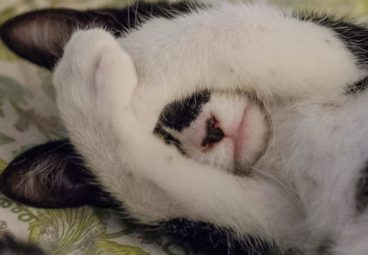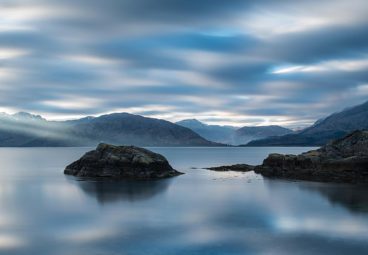Pacifica (; Spanish:
Pacífica; “Peaceful”), is a city in San Mateo County, California, on the coast of the Pacific Ocean between San Francisco and Half Moon Bay.
History
Before European settlers arrived, Pacifica was home to two significant Ohlone Indian villages: Pruristac located at San Pedro Creek near present-day Adobe Drive, and Timigtac on Calera Creek in the Rockaway Beach neighborhood.
Pacifica is the location of the oldest European discovery of the San Francisco Bay. An expedition led by Gaspar de Portolà sighted the bay by climbing the hills of Sweeney Ridge in Pacifica on November 4, 1769. Before then, earlier Spanish maritime explorers of the California coast Juan Cabrillo and Sebastian Vizcaino had missed the San Francisco Bay because heavy fog so frequently shrouded its entrance from the Pacific Ocean (the Golden Gate). Sighting the San Francisco Bay accelerated the Spanish colonization of Alta California because it was the only large, safe, centrally located harbor on the Alta California coast. The Spanish had known about Monterey Bay since the sixteenth century, but, unlike San Francisco Bay, it was too exposed to rough currents and winds to be used as major harbor for their trade between Asia and Mexico. In the Spanish era, Pacifica was the site of the San Pedro Valley Mission Outpost (1786–1793) of Mission Dolores. That was dissolved when a newly independent Mexico secularized the mission system. Pacifica is also the site of the still-extant Mexican-era Sánchez Adobe, built in 1846. The city is located on a part of the Mexican land grant Rancho San Pedro given to Francisco Sanchez in 1839.
During World War II, the area around the present-day Sharp Park recreational area held the Sharp Park Detention Center, an INS processing facility for Japanese Americans, Japanese nationals, and other “foreign enemies” during Japanese internment. The Stanford professor Yamato Ichihashi spent six weeks in Sharp Park. He described the facility, writing, “The ground is limited by tall iron net-fences and small in area; barracks 20′ x 120′ are well-built and painted outside and inside and are regularly arranged; there are 10 of these for inmates, each accommodating about 40, divided into 5 rooms for 8 persons each; if double-decked (beds), 80 can be put in.”
Pacifica was incorporated in 1957, relatively recently in the history of San Mateo County. Its first elected mayor was Jean Fassler, one of the first women mayors in California. It was the union of nine previously separate, unincorporated communities–Fairmont, Westview, Pacific Manor (or just Manor), Sharp Park, Fairway Park, Vallemar, Rockaway Beach, Linda Mar and Pedro Point–some of which were stops on the short-lived Ocean Shore Railroad. The name “Pacifica” was chosen from Thomas Barca, by vote[citation needed]; “Coastside” was a close runner-up[citation needed]. In 1960, the city seal was designed by resident Ralph Barkey, who was inspired by Ralph Stackpole’s towering “Pacifica” statue produced for the 1939–1940 Golden Gate International Exposition on Treasure Island in the San Francisco Bay.





